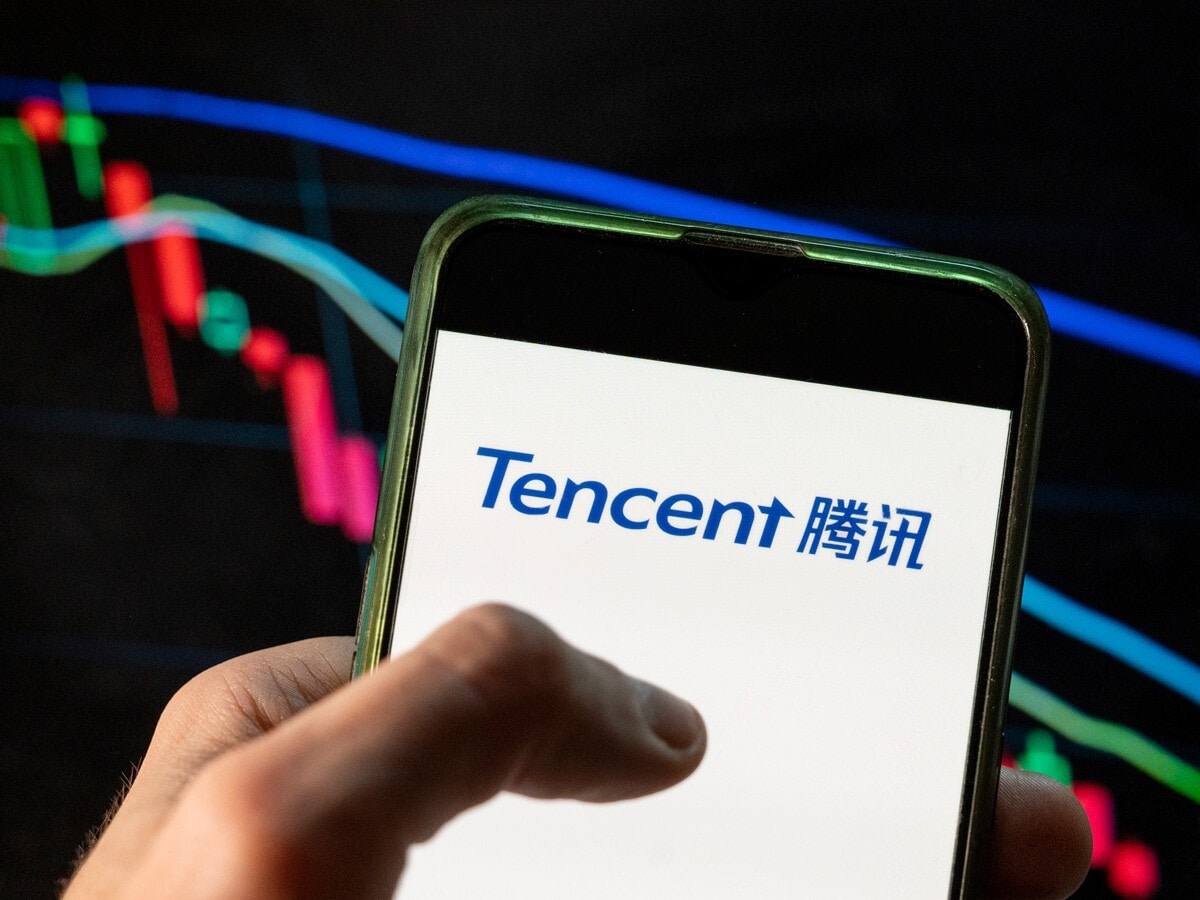Tencent’s [0700.HK] share price continues to feel the heat from the latest in a series of regulatory blows, which look set to continue to hamper Chinese tech stocks in the coming months.
The e-commerce, gaming and social media conglomerate has cut its stake in major firms, after selling $3bn worth of shares in Singapore’s Sea Ltd [SE], sending the Shopee owner’s shares slumping -18.90% last week. This follows the recent announcement that it would cut its stake in internet retailer JD.com [9618.HK] by $16bn.
The moves have raised suspicions that some of China’s biggest firms may begin to pare holdings as Beijing once again ramps up its crackdowns.
$16billion
How much Tencent cut form its stake in JD.com as regulators clamp down
Are the declines in Tencent’s share price due to regulatory concerns a short-term phenomena, or is the stock likely to be stunted longer term? Are there any potential tailwinds which might offer respite for the beleaguered Tencent share price?
What’s happening with the Tencent share price?
Tencent’s share price succumbed to China’s government crackdown on the big tech sector in 2021, sliding -18.79% over the calendar year, as the stock dropped from over HK$550 to end the year at HK$456.80.
$549billion
Tencent's market cap, having fallen by a quarter over the last 12 months
So far in 2022, Tencent shares have failed to recoup those losses, falling 3.28% to HK$443.00 at Friday 7 January’s close. Tencent’s market capitalisation has fallen by more than a quarter over the past 12 months according to the Wall Street Journal (WSJ), to HK$4.23tn (approximately $549bn).
The Hang Seng Tech index, which tracks the 30 largest Hong Kong-listed tech stocks, fell 4.6% on Wednesday in its biggest fall since July, reports the WSJ, led by food-delivery giant Meituan [3690.HK], and short-video platform operator Kuaishou Technology [1024.HK] – both Tencent-backed businesses – which lost -11% and -7.5% respectively.
Kuaishou is now down 76.42% over the last 12 months. The tech-focused index has lost close to 35% in the last year – and 49.71% since hitting 10,945,22 on 16 February. Other Tencent-backed companies Bilibili [9626.HK] and JD.com were also among the biggest losers.
China crackdowns continue
The State Administration for Market Regulation – China’s top market regulator – said on Wednesday last week it had found antitrust violations in over a dozen past acquisitions or joint venture deals involving Tencent, Alibaba [9988.HK], JD.com and Bilibili, nine of which related to Tencent, reports the WSJ.
While the fines of 500,000 yuan ($79,000) for each violation weren’t significant, it shows Beijing is still maintaining a tight leash on the domestic big tech behemoths. The latest sanctions come after over a year of regulatory actions incorporating financial penalties and demands to better serve public interests. Chinese regulators have also just passed various new rules for its tech firms, covering their use of algorithms and cybersecurity reviews, which they will need to fulfil to be able to list overseas.
“China is at the stage of implementing many tightened policies and rules that the government announced last year on the technology sector,” according to First Shanghai Securities strategist Linus Yip, reports Bloomberg, adding that “the range-bound trading and heightened volatility may last through the first quarter.”
"China is at the stage of implementing many tightened policies and rules that the government announced last year on the technology sector...the range-bound trading and heightened volatility may last through the first quarter" - First Shanghai Securities strategist Linus Yip
Can Tencent escape the regulatory shackles?
Last week’s broad tech sell-off was largely triggered by Tencent’s sale, reported the WSJ, with investors fearing that China’s most valuable company could pare its holdings in other US- or Hong Kong-listed companies. UOB Kay Hian analyst, Chun Sung Oong, reckons further divestments could be in store, reports the WSJ, and suggested investors may want to avoid those stocks in which Tencent has invested.
Tencent’s sale of 2.3% of its stake and reduced voting rights in the e-commerce and video gaming company Sea Ltd, just two weeks after confirming it would divest the bulk of its shares in JD.com, comes as Beijing continues its crackdown on China’s big tech giants in efforts to eradicate anti-competitive practices, which includes maintaining closed ecosystems favouring certain firms at the expense of others.
Bloomberg Intelligence analyst, Cecilia Chan, also believes further divestments are likely, saying: “China’s anti-monopoly rules and regulators’ concerns about data privacy as well as web security may lead to more divestment in the country’s internet space in the coming months.”
Tencent chairman and CEO, Ma Huateng, said in its latest quarterly results that the company is aligned with “the new regulatory environment”, stating that Tencent is leading the industry in its efforts, including significantly cutting minors' game time and spending.
What’s next for Tencent’s share price?
Analysts rate the Tencent share price an emphatic consensus Buy, according to the WSJ, with 43 Buy ratings, along with five Overweight, and four Hold ratings. Based on the US ADR listing of Tencent [TCEHY], the 46 analysts offering 12-month price forecasts have an average target of $77.48, which represents a 35.57% potential upside from Friday 7 January’s close at $57.15.
The outlook on Tencent’s share price is more bullish than it was just three months ago, offering hope for investors that the worst could be over in terms of China’s regulatory crackdown, though further stock divestments can’t be discounted as Tencent seeks to stay on the right of regulators.
Continue reading for FREE
- Includes free newsletter updates, unsubscribe anytime. Privacy policy





